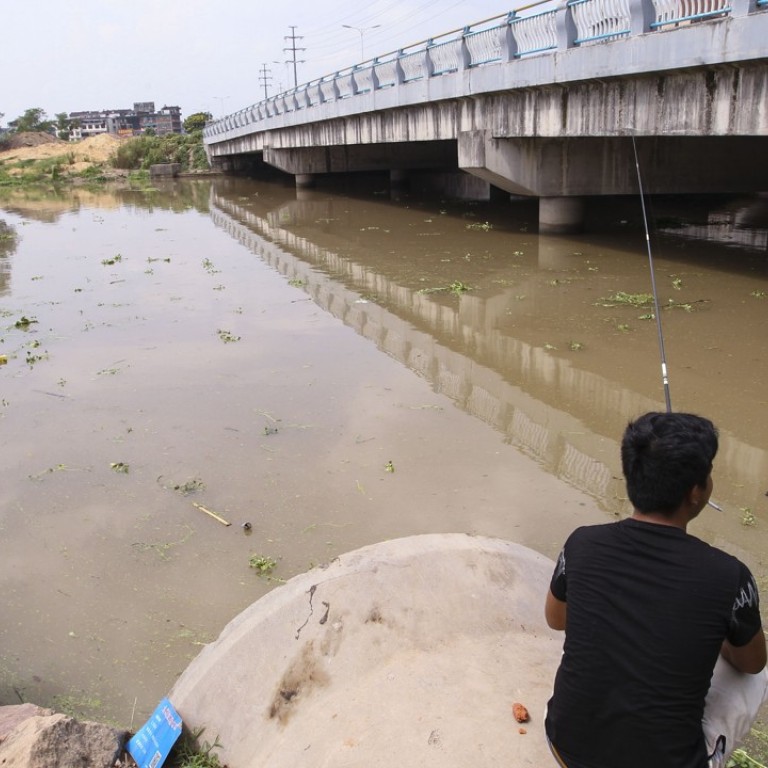
China says progress made on water pollution, but battle remains
China has made progress tackling water pollution, but it is still struggling to impose unified standards, especially in poorer, water scarce regions, a government researcher said on Thursday.
China has been slowly cleaning up its water after years of indiscriminate dumping of industrial and household waste, overmining and the overuse of pesticides and fertilisers.
With water scarcity seen as a potential growth bottleneck, the government is also desperate to make polluted rivers and lakes clean enough to support agriculture and manufacturing, but it still has a long way to go.
“Though overall national water quality is getting better, the pollution load far exceeds environmental capacity and the capacity of the water treatment industry in some regions,” said Wen Yuli, a researcher at the China Academy for Environmental Planning, a think tank in the Ministry of Ecology and Environment.
Speaking at a forum on the sidelines of the Aquatech expo in Shanghai, Wen said about nine per cent of China’s groundwater remains “below grade V”, which means it has “lost function” and is unfit even for industry and irrigation.
While China is working to bring it down to five per cent by 2020, some regions still lacked an adequate “safeguard capability”, he said.
In data published last August, the environment ministry said water in the first half of 2017 had improved, with more than 70 per cent fit for human contact, up 1.2 percentage points on the year.
But 27 sites, including in Hebei province and the capital Beijing, saw quality decline.
“China’s water quality has improved last year, but 8.3 per cent of sampled sites were still below grade V,” said Liu Youbin, spokesman of the Ministry of Ecology and Environment, at a briefing on Thursday. He also said 77.9 per cent of sampled sites were in the first three grades, which means the water was suitable for human contact.
Multinational corporations speaking at the forum said they were committed to raising discharge standards in their Chinese supply chains, but regional imbalances posed problems.
Luc Desbrun, technical manager with the sourcing unit of Nestle in Shanghai, said his company’s relatively high discharge standards have made it easier to comply with tougher Chinese controls.
However, he said one factory was located in a region with phosphorus discharge standards “way below” its own, forcing it to make modifications.
“It is an issue of competitiveness all around the world when corporate standards are higher than local standards,” he said. “There is a gap and it depends on the region.”
Henry Zhuang, who works on sustainability with Ikea in China, said the furniture maker’s local suppliers welcomed the company’s higher standards, saying they served as a “firewall” against competitors.
“Costs are definitely higher, but after raising their standards, they also have a stable order book,” he said.

